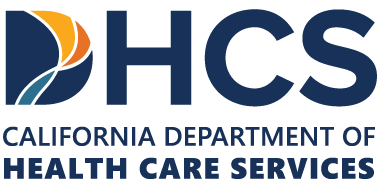Adolescence is a tumultuous period marked by rapid physical, emotional, and psychological changes. It’s a time when teenagers often grapple with newfound independence, peer pressures, and the desire for self-discovery. Unfortunately, some teens also confront challenges like substance abuse or mental health issues. In this blog, we will explore the world of adolescent rehabilitation, shedding light on the unique considerations and strategies that guide teens through this critical journey to recovery.
Understanding the experience of rehab for teens
Adolescence is a time of exploration and experimentation, but it also comes with unique challenges that can lead some teens down a rocky path. To navigate adolescent rehabilitation effectively, we must first understand the key aspects of the adolescent experience.
- Identity Formation: Adolescents are in the process of forming their identities, which can be influenced by peers, family, and societal expectations. This self-discovery journey may contribute to risky behaviors.
- Peer Pressure: Teens often face intense peer pressure to conform, whether it’s related to substance use or other risky behaviors. This influence can play a significant role in the development of addiction or mental health issues.
- Emotional Turmoil: Adolescence is marked by fluctuating emotions, from intense joy to deep sadness. Teens may struggle to cope with these emotions, leading to unhealthy coping mechanisms.
Navigating the Teen Rehab Journey
Rehabilitation for adolescents demands a unique approach that acknowledges their developmental stage and individuality. Navigating the teen rehab journey involves several key components.
- Assessment and Diagnosis: The journey begins with a thorough assessment to determine the underlying issues that led to the need for rehab, whether it’s substance abuse, depression, anxiety, or other challenges.
- Individualized Treatment Plans: Adolescents benefit most from customized treatment plans that consider their specific needs, strengths, and weaknesses. These plans may include therapy, education, and life skills development.
- Family Involvement: Engaging the family in the rehab process is essential. Parents and caregivers play a critical role in supporting their teen’s recovery and may also require counseling and education to understand how best to assist.
Building a Supportive Community at rehab for teens
The success of rehab for teens often hinges on building a strong support system. Peer support groups allow teens to connect with others who have experienced similar challenges. These groups provide a safe space for sharing and encouragement.Aftercare Programs: After leaving the rehab facility, teens benefit from ongoing support through aftercare programs that offer counseling and resources to help maintain recovery and prevent relapse.Open Communication: Regular communication between the teen, their family, and healthcare providers is crucial throughout the rehabilitation process. Trust and collaboration are essential for sustained recovery.




